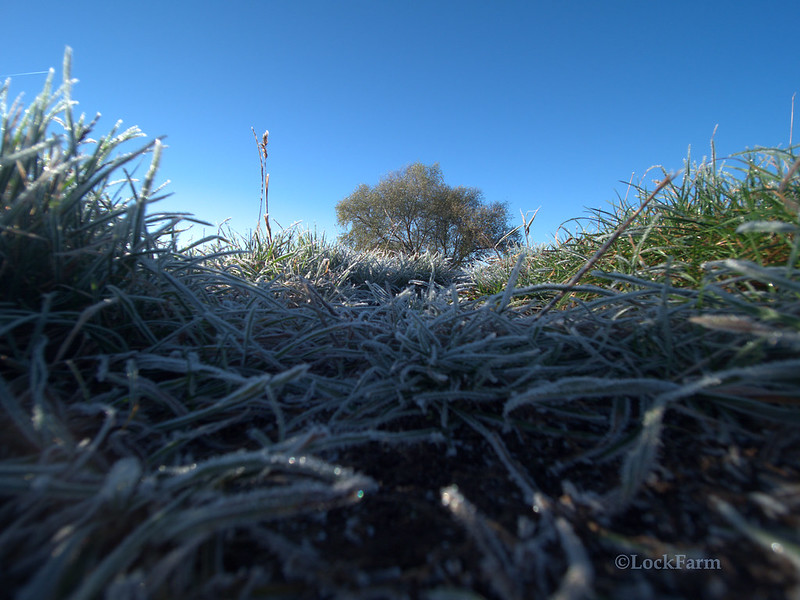I took the Typhoon H out on the weekend for a quick "temperature test".
It was 1 degree Celsius (34 Fahrenheit) outside. With the Typhoon H in its shipping case (in a backpack), I took it from the heated house to the car. Drove 10 minutes to a field. Took it out of the car and placed the backpack in an open field for 30 minutes to acclimatize to the cold temperature.
Here are the results:
It was 1 degree Celsius (34 Fahrenheit) outside. With the Typhoon H in its shipping case (in a backpack), I took it from the heated house to the car. Drove 10 minutes to a field. Took it out of the car and placed the backpack in an open field for 30 minutes to acclimatize to the cold temperature.
Here are the results:



 Ready...
Ready...